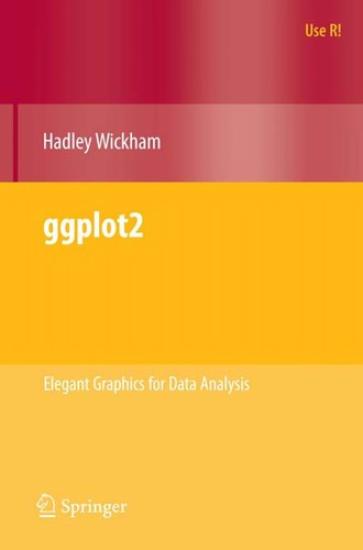
Rating: Not rated
Tags: Computers, Mathematical & Statistical Software, Mathematics, Graphic Methods, Software Development & Engineering, Computer Graphics, Probability & Statistics, Stochastic Processes, Combinatorics, Lang:en
Publisher: Springer Science & Business Media
Added: December 14, 2020
Modified: November 5, 2021
Summary
1. 1 Welcome to ggplot2 ggplot2 is an R package for
producing statistical, or data, graphics, but it is unlike most
other graphics packages because it has a deep underlying
grammar. This grammar, based on the Grammar of Graphics
(Wilkinson, 2005), is composed of a set of independent
components that can be composed in many di?erent ways. This
makesggplot2 very powerful, because you are not limited to a
set of pre-speci?ed graphics, but you can create new graphics
that are precisely tailored for your problem. This may sound
overwhelming, but because there is a simple set of core
principles and very few special cases, ggplot2 is also easy to
learn (although it may take a little time to forget your
preconceptions from other graphics tools). Practically,ggplot2
provides beautiful, hassle-free plots, that take care of ?ddly
details like drawing legends. The plots can be built up
iteratively and edited later. A carefully chosen set of
defaults means that most of the time you can produce a
publication-quality graphic in seconds, but if you do have
special formatting requirements, a comprehensive theming system
makes it easy to do what you want. Instead of spending time
making your graph look pretty, you can focus on creating a
graph that best reveals the messages in your data.